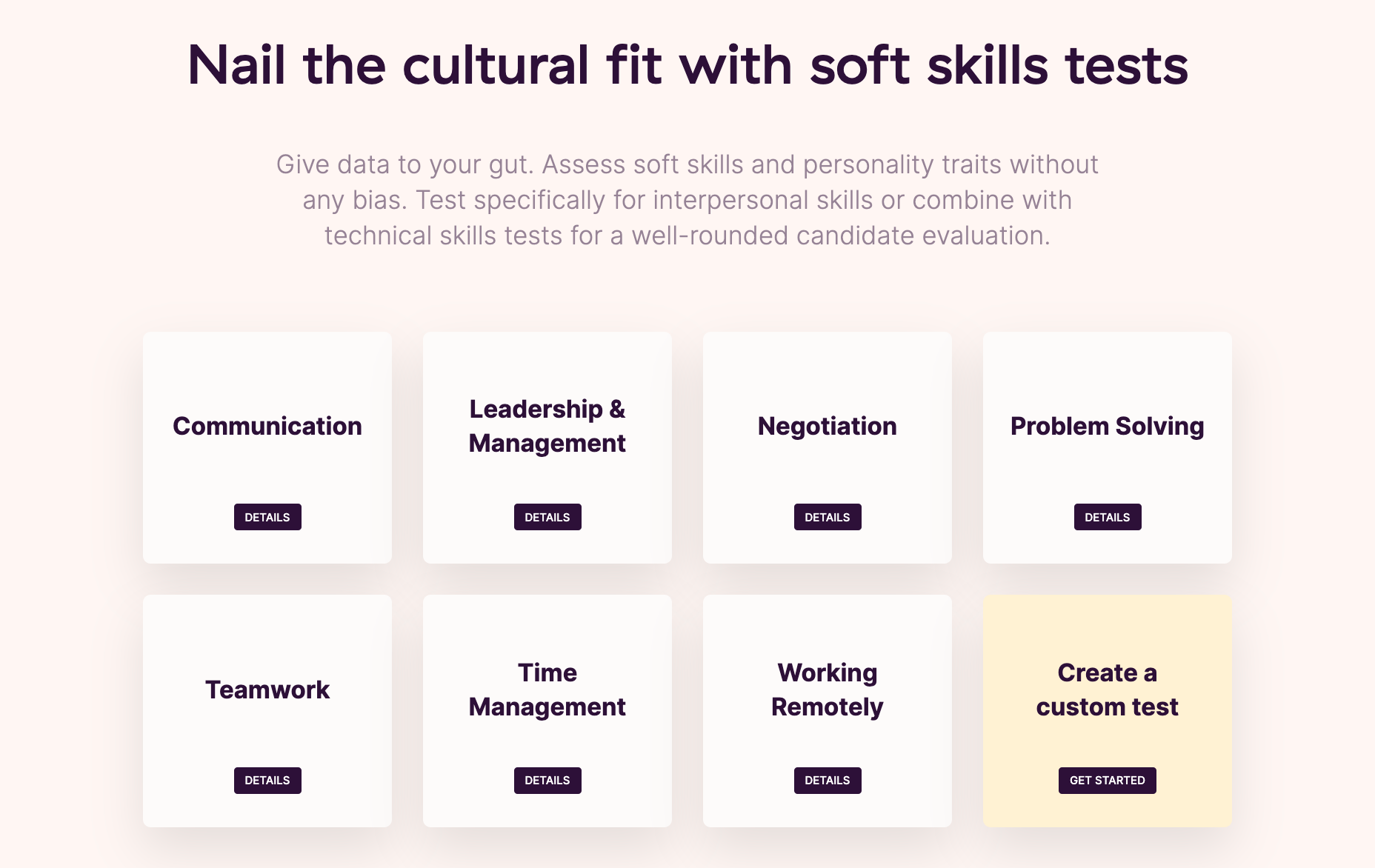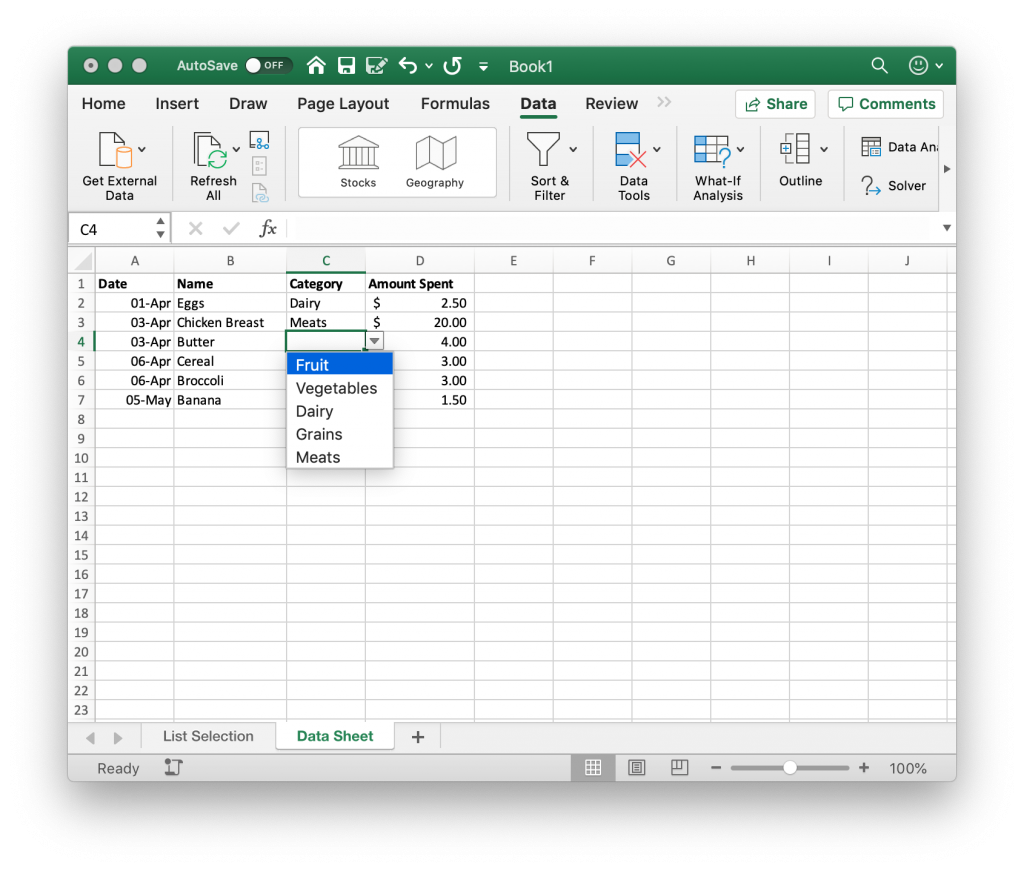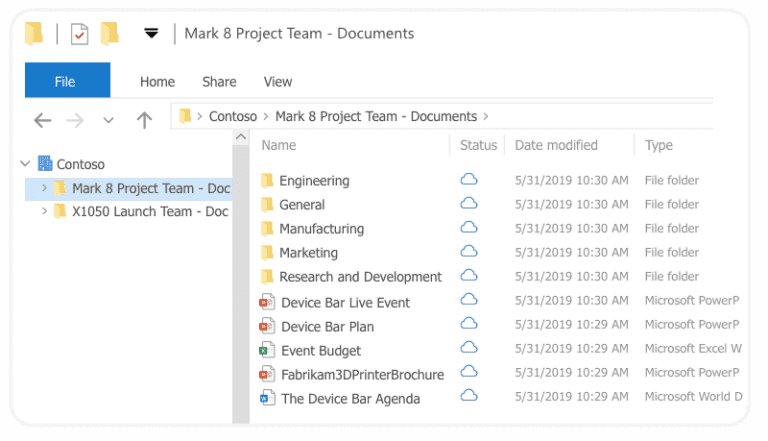Unveiling the Secrets of a New Team
Forming a new team is an exciting endeavor, often filled with anticipation and a unique blend of challenges and opportunities. This process, known as team onboarding or team formation, is a critical phase in any organization's journey. It sets the tone for future collaboration, productivity, and the overall success of the team's objectives. In this comprehensive guide, we will delve deep into the strategies, considerations, and best practices that contribute to a seamless and effective team formation process.
The Art of Team Formation: A Comprehensive Guide
When a new team is established, it brings together a diverse group of individuals, each with their unique skills, experiences, and perspectives. The initial stage is akin to a blank canvas, brimming with potential and untapped creativity. The way this canvas is painted—through effective team formation—can significantly impact the team's trajectory and long-term success.
Understanding the Team's Purpose and Vision
Every team, be it a startup venture or an established organization's new division, has a distinct purpose and vision. Defining this purpose clearly is the first step towards a cohesive and motivated team. It provides a North Star, guiding the team's actions and decisions. A well-articulated vision statement, shared and understood by all team members, fosters a sense of unity and purpose.
For instance, consider a hypothetical scenario where a tech startup aims to revolutionize the e-commerce industry with an innovative AI-driven platform. The team's vision might be to "Empower businesses with cutting-edge technology, enabling them to deliver exceptional customer experiences and drive sustainable growth."
Recruitment and Selection: Choosing the Right Talent
The recruitment phase is critical, as it sets the foundation for the team's future performance. It involves a delicate balance of identifying the right skills, cultural fit, and potential for growth. The process should be rigorous yet inclusive, ensuring that a diverse range of perspectives and talents are considered.
During this phase, it's essential to create detailed job descriptions that go beyond a list of responsibilities. They should paint a picture of the role's impact and how it contributes to the team's overall objectives. Conducting thorough interviews, including behavioral and technical assessments, can help identify candidates who not only possess the required skills but also align with the team's culture and values.
| Recruitment Strategy | Key Considerations |
|---|---|
| Diversity and Inclusion | Promoting a diverse team not only brings varied perspectives but also fosters creativity and innovation. Ensure recruitment processes are inclusive and free from biases. |
| Skill Assessment | Go beyond resumes. Conduct practical assessments to evaluate candidates' skills and problem-solving abilities, ensuring they are a good fit for the role. |
| Cultural Alignment | Assess how well candidates align with the team's values and culture. This ensures a harmonious and productive work environment. |
Onboarding: Welcoming New Team Members
Once the recruitment phase is complete, the onboarding process begins. This is a critical period where new team members are integrated into the team and the organization as a whole. A well-structured onboarding program can significantly impact a new team member's productivity, job satisfaction, and retention.
Key components of an effective onboarding program include:
- Orientation: Providing a comprehensive overview of the company's history, culture, values, and expectations. This can include tours, introductions to key personnel, and access to relevant company documentation.
- Training: Offering role-specific training to ensure new team members have the necessary skills and knowledge to perform their jobs effectively. This can include mentorship programs, workshops, and access to online learning platforms.
- Team Building: Facilitating team-building activities and social events to help new team members bond with their colleagues and feel a sense of belonging. These activities can range from informal coffee breaks to structured team outings.
- Performance Management: Setting clear performance expectations and providing regular feedback to new team members. This helps them understand their role's impact and areas for improvement.
Establishing Team Dynamics and Culture
As the team begins to work together, establishing positive team dynamics and a collaborative culture is essential. This involves creating an environment where ideas are shared freely, diversity is celebrated, and every team member feels valued and respected.
Here are some strategies to foster positive team dynamics:
- Open Communication: Encourage open and honest communication. Create safe spaces for team members to share their ideas, concerns, and feedback without fear of judgment or retribution.
- Collaborative Problem-Solving: Foster a culture where problems are viewed as opportunities for growth. Encourage team members to work together to find innovative solutions, leveraging each other's strengths and perspectives.
- Recognizing Achievements: Celebrate team successes and individual achievements. Recognizing and rewarding hard work and accomplishments can boost morale and motivate the team to strive for excellence.
- Conflict Resolution: Establish clear guidelines and processes for resolving conflicts. Teach team members effective conflict resolution techniques, ensuring disagreements are addressed constructively and do not escalate.
Performance Management and Continuous Improvement
Performance management is a critical aspect of team formation. It involves setting clear goals, providing regular feedback, and offering opportunities for growth and development. This ensures that the team remains focused, motivated, and aligned with the organization's objectives.
Key elements of an effective performance management system include:
- Goal Setting: Collaboratively set SMART (Specific, Measurable, Achievable, Relevant, Time-bound) goals with each team member. Ensure these goals are aligned with the team's overall objectives and provide a clear roadmap for success.
- Regular Feedback: Provide frequent and constructive feedback to team members. This can be done through one-on-one meetings, performance reviews, or informal check-ins. Feedback should be balanced, focusing on both areas of improvement and achievements.
- Development Opportunities: Offer team members access to training, workshops, and mentorship programs to enhance their skills and knowledge. Continuous learning and development not only benefits individuals but also contributes to the team's overall growth and adaptability.
Adaptability and Flexibility: Navigating Change
In today's rapidly evolving business landscape, adaptability and flexibility are essential for team success. Teams must be agile and responsive to changing market conditions, technological advancements, and customer needs. This requires a culture of continuous learning, innovation, and a willingness to embrace change.
Strategies to foster adaptability include:
- Encouraging Experimentation: Create a safe environment where team members feel empowered to experiment with new ideas and approaches. Failure should be viewed as a learning opportunity, not a setback.
- Cross-Functional Collaboration: Encourage collaboration across different teams and departments. This can lead to innovative solutions, leverage diverse skills, and break down siloes within the organization.
- Staying Informed: Ensure team members have access to relevant industry news, research, and trends. This keeps them updated on the latest developments and helps them stay ahead of the curve.
Conclusion: Building a High-Performing Team
Forming a new team is a complex and rewarding process. By focusing on defining a clear purpose, recruiting the right talent, implementing effective onboarding programs, fostering positive team dynamics, and embracing adaptability, organizations can build high-performing teams that drive success. Remember, a team is only as strong as its weakest link, so continuous investment in team development is crucial.
As teams evolve and grow, so too should their strategies and approaches. Stay agile, stay focused, and most importantly, keep the team's vision and purpose at the forefront of every decision.
How long should the onboarding process be for new team members?
+The ideal length of the onboarding process can vary depending on the team’s complexity and the nature of the work. However, research suggests that a structured onboarding program lasting between 3-6 months is optimal. This allows enough time for new team members to grasp their roles, build relationships, and contribute effectively.
What are some common challenges during team formation and how can they be addressed?
+Common challenges include communication barriers, conflicting personalities, and unclear roles and responsibilities. To address these, it’s essential to establish open communication channels, facilitate team-building activities, and ensure role clarity through well-defined job descriptions and regular check-ins.
How often should performance feedback be provided to team members?
+Regular feedback is crucial for team members’ growth and motivation. Aim for a mix of informal check-ins and more formal performance reviews. Informal feedback can be provided weekly or bi-weekly, while formal reviews should be conducted at least twice a year. This ensures that feedback is timely and actionable.



